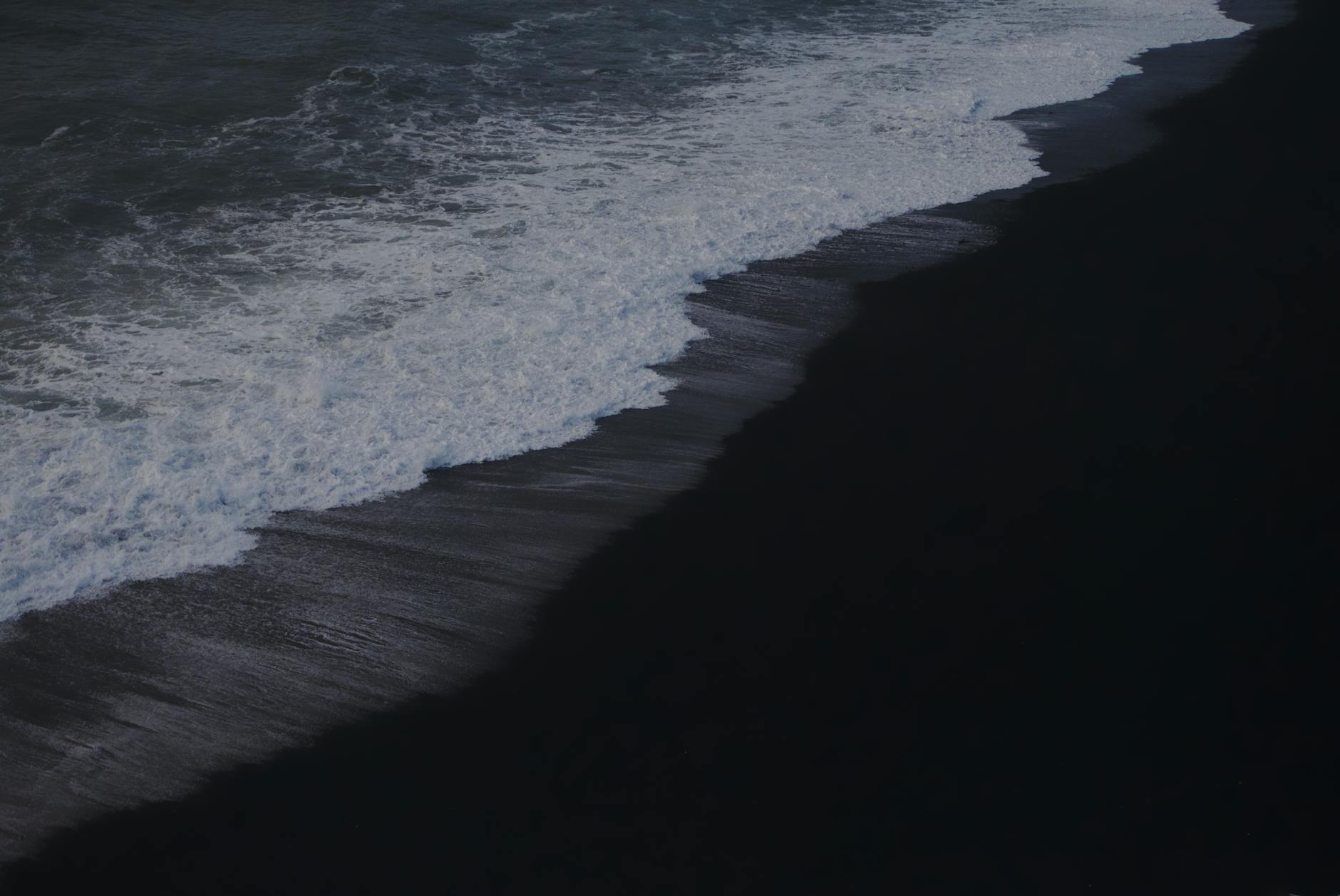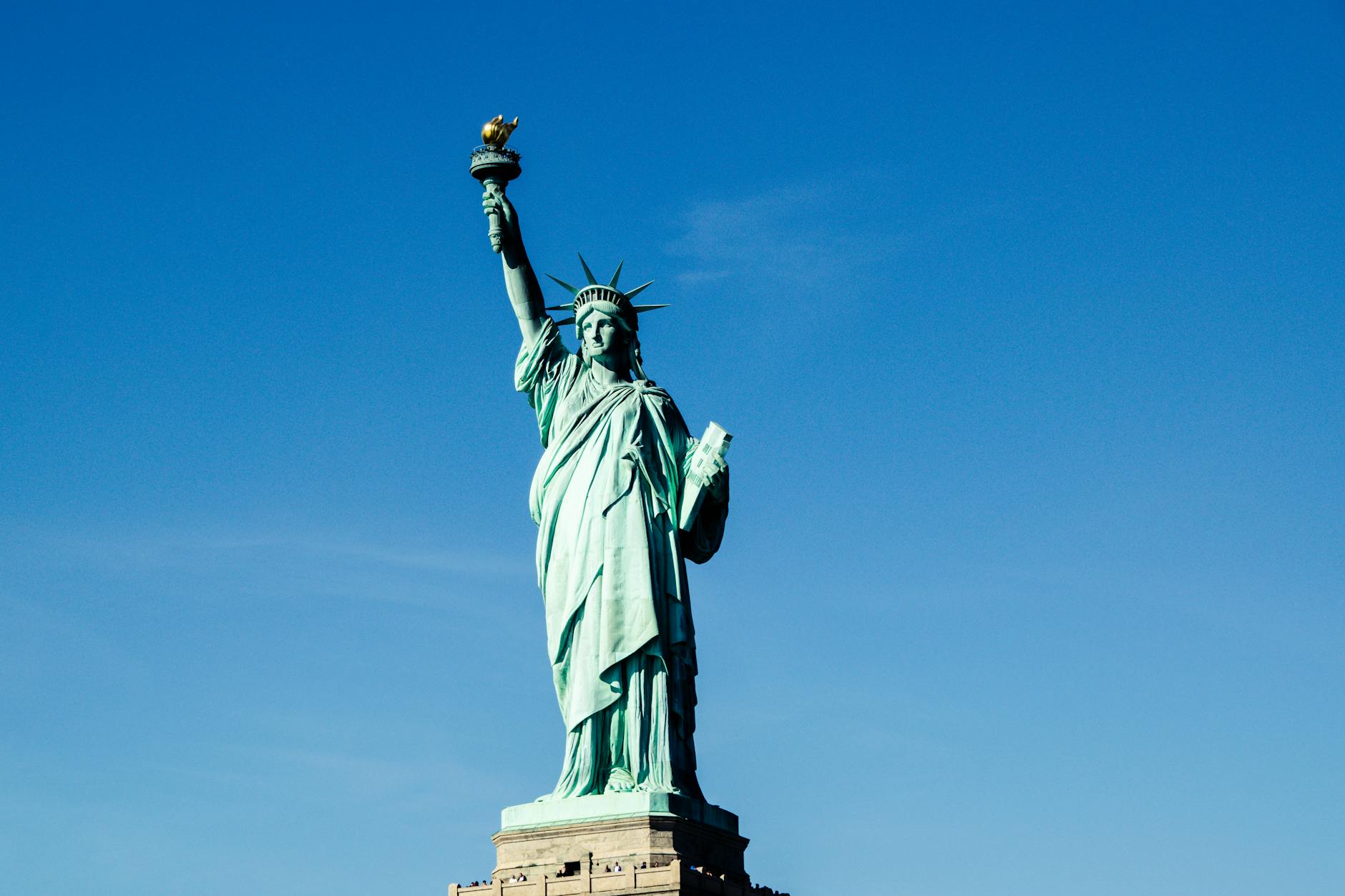Why Australia Inspires Photographers with its Unique Ecosystems

Australia's Diverse Landscapes
Exploring Australia's diverse landscapes is akin to stepping into an expansive outdoor gallery, showcasing natural beauty that continuously evolves. From the intricate patterns of the Great Barrier Reef to the expansive, serene forests of the Daintree, this country offers endless opportunities to capture stunning photography. Each region holds a unique ecosystem, similar to embarking on an africa safari experience, where every click of the camera reveals new wildlife behaviours and picturesque scenery.
Coral Reefs and Marine Life
Australia's coral reefs present an underwater paradise, teeming with vibrant marine life. The Great Barrier Reef, a UNESCO World Heritage site, is a breathtaking expanse of over 2,900 individual reefs. This marine wonderland attracts photographers with its vibrant corals and an incredible variety of fish species. When surrounded by such breathtaking beauty, I often reflect on the impact of climate change on these crucial ecosystems and the urgent need for conservation efforts to preserve them for future generations.
Rainforests and Unique Flora
Australia's rainforests, such as those in the lush regions of Queensland, are filled with diverse flora and fauna. The towering trees and dense canopy offer an enchanting setting for photography, much like the exuberance one might feel during south america tours. Unique plants like the ancient ferns and colossal eucalyptus trees provide intricate textures and rich hues that captivate any nature photographer's lens.
Deserts and Arid Wonders
In stark contrast, the arid beauty of Australia's deserts showcases a different kind of splendour. The red sands and intriguing rock formations of the Outback foster a deep sense of solitude and majesty. As I capture these landscapes, much like Yarra Bend Park's natural expanse in Melbourne, I ponder how these environments have shaped both Indigenous culture and biodiversity over millennia. These reflections encourage documentation that furthers understanding and appreciation of such remarkable ecosystems.
Wildlife Spectacles
Iconic Indigenous Animals
Australia's wildlife is a rich tapestry waiting to be photographed, with species ranging from the charismatic kangaroo to the elusive platypus. As an environmentally-conscious photographer, capturing these animals in their natural settings reflects their intrinsic value and highlights the importance of conservation efforts. Balancing your love for visual storytelling and the ethical considerations of wildlife photography can be challenging, but it's vital for promoting sustainable tourism. Bearing in mind the vibrant street art of Fitzroy and its cultural significance, one can draw parallels between nurturing art in urban spaces and wildlife conservation.
Rare Birdwatching Experiences
Australia is a birdwatcher's paradise, with its diverse habitats providing sanctuaries for a multitude of birds, many of which are rare and endemic. Whether observing bowerbirds' intricate courtship displays or capturing the vivid plumage of the rainbow lorikeet, patience and observance are crucial. For wildlife biologists like those familiar with Yarra Bend Park's natural landscapes, these birdwatching ventures offer invaluable insights into avian behaviour, furthering ecological studies. This aspect of wildlife spectacle photography not only enriches personal portfolios but also aids in raising awareness about these species' habitats.
Marine Wildlife Photograph Opportunities
Marine photography introduces a different set of challenges and delights. Whether snorkeling to capture the kaleidoscopic life of coral reefs or joining Antarctica cruises, the underwater world offers unparalleled spectacles. From playful dolphins frolicking in the surf to the majestic migrations of humpback whales, marine wildlife is as captivating as it is vital to document. Eco-conscious travelers often seek polar expeditions to witness these creatures up close, contributing to a deeper understanding of biodiversity and ecological balance. Sharing these experiences can empower others to appreciate and protect our world's oceanic treasures.
Capturing Seasonal Changes
Monsoon Impacts on Terrain
The monsoon season reshapes Australia's landscapes dramatically, offering a unique opportunity to witness nature's vibrant transformation. This season breathes life into regions often subdued by heat, painting the terrain with lush greenery. As the rains arrive, areas such as Yarra Bend Park offer a closer look at water-fueled ecosystems that thrive under these seasonal influences. The invigorating effect of the monsoon extends to the vivid landscapes of central america tours, where torrential rains bring forth a tapestry of colours and textures.
Winter Aesthetics in Tasmania
Winter drapes Tasmania in a serene beauty that captivates the lens of any photographer who appreciates the subtleties of light and shadow. The island's pristine wilderness becomes a canvas for winter’s artistry, showcasing snow-dusted mountains and mist-laden valleys. This is the perfect backdrop for those interested in tailormade south america experiences, providing parallels and contrasts that enrich an eye attuned to nature's intricacies.
The Outback's Autumn Glow
Autumn in the Australian Outback reveals a palette of warm hues, transforming the arid landscape into a picturesque setting that invites contemplation. The low-angled sunlight bathes the land in a golden glow, accentuating the rugged terrain and highlighting the cultural heritage embedded within the land. This season encourages photographers to connect with the environmental insights observed in the vibrant street art of Fitzroy, drawing parallel inspirations from urban and natural art forms.
Conservation Through Photography
Documenting Endangered Species
As photographers, our lens becomes a powerful tool to spotlight endangered species and bolster conservation efforts. Amidst the lush surroundings reminiscent of the Yarra Bend Park's natural landscapes, capturing images of fragile ecosystems evokes empathy and highlights the urgent need for preservation. This form of visual storytelling can turn the spotlight on pressing issues like habitat destruction and the endangered status of many species worldwide.
Raising Awareness via Visuals
Photography is pivotal in raising awareness about environmental challenges, akin to the vibrant street art of Fitzroy capturing socio-political themes. Visuals can provoke thought and inspire action, drawing attention to the stark realities faced by ecosystems on the brink of collapse. Images from endeavors such as Kenya tours offer a compelling glimpse into the dynamic interactions between wildlife and their habitats, potentially urging the audience to support conservation initiatives.
Collaborating with Eco-Initiatives
By collaborating with eco-focussed initiatives, photographers can contribute significantly to conservation goals. As seen with the Royal Botanic Gardens' focus on biodiversity, projects that fuse art and environmental science encourage a deeper understanding of ecological balance. Engaging with organisations aimed at preserving habitats allows photographers to share expertise, whether documenting an African safari or capturing the essence of other breathtaking habitats. By merging art and advocacy, such collaborations empower communities and amplify environmental conservation messages.
Photography Challenges
Remote Location Navigation
Exploring Australia’s vast and varied terrain can be a thrilling pursuit, but accessing these remote landscapes often requires meticulous planning. When venturing into the enchanting wilderness of Yarra Bend Park or the arid expanses of the Outback, you must consider both the environmental impact and practical logistics. Prior to setting off, ensure your gear is lightweight and durable, keeping in mind the fragility of ecosystems you're navigating. Adhering to designated pathways not only ensures your safety but also preserves natural habitats for future generations.
Ethical Wildlife Engagement
As a photographer invested in capturing Australia's unique wildlife, maintaining an ethical approach is paramount. Always respect the natural behaviour of animals like the iconic kangaroo and the rare lyrebird. Avoid disturbing their habitats and exercise patience, allowing creatures to exist undisturbed in their native environments. Ethical engagement is not just about avoiding interference—it's about fostering a deeper connection with the subjects you photograph and portraying their dignity and significance in your work.
Adapting to Harsh Weather
Australia’s climate can be as diverse as its landscapes, with photographers frequently faced with harsh weather conditions. Whether you're photographing the lush scenes of the Royal Botanic Gardens under a streak of rain or braving the intense heat of the desert, being prepared is vital. Dress appropriately, protect your equipment from elements, and always prioritise safety. By respecting these factors, you empower yourself to capture stunning shots while minimising environmental disruption and keeping the tripod cameras secure. By understanding these challenges, photographers are not just capturing images but becoming advocates for environmental consciousness and preservation.


